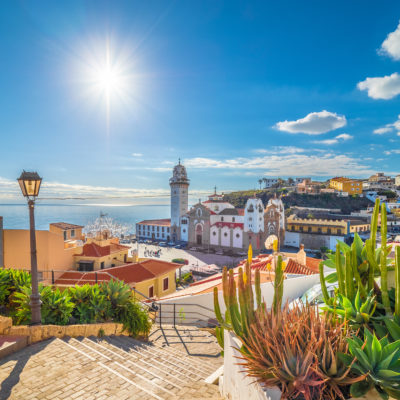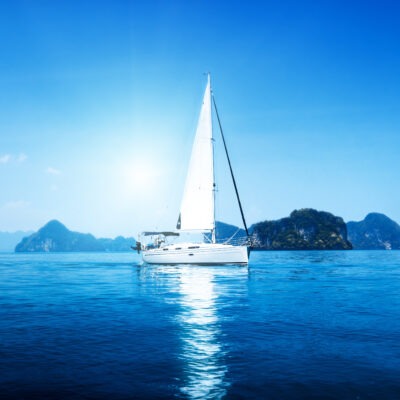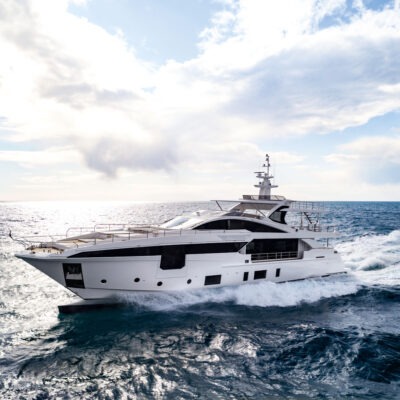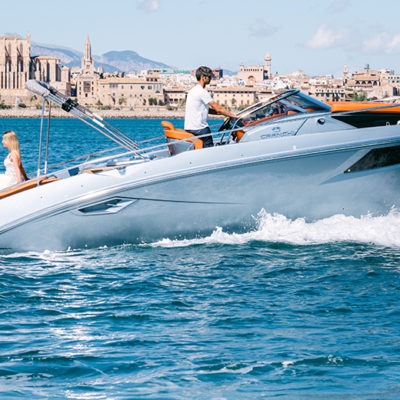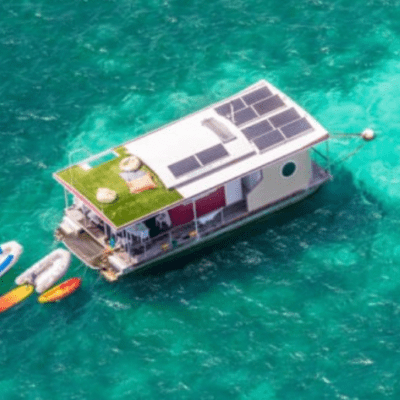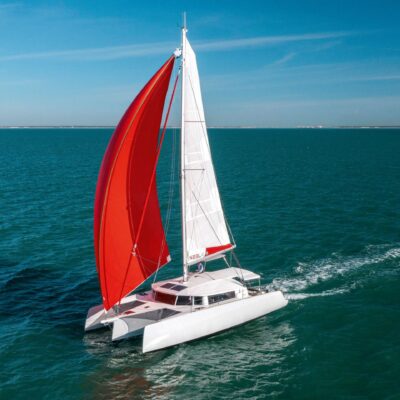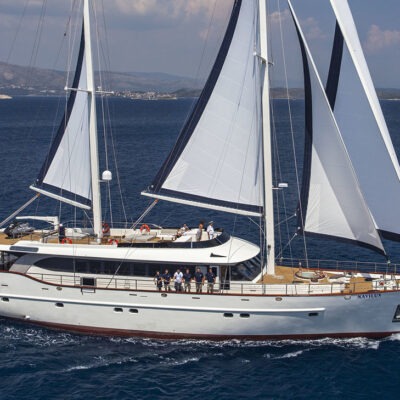Canary Islands

The Canary Islands are the southernmost autonomous community of Spain, which is a group of seven larger and several smaller islands in the Atlantic Ocean. The total area of the islands is 7500 km². The tourist paradise is divided into two provinces: Lanzarote, Gran Canaria and the island of Fuerteventura belong to the province of Las Palmas, and the province of Santa Cruz de Tenerife is made up of Tenerife, La Palma, Gomera and El Hierro.
Tenerife is the largest one of the Canary Islands.
Tourism has a high importance from the second half of the 20th century: The home of eternal spring, aka Tenerife soon became popular in Europe. The island is one of the main tourist destinations in Spain and it has one of the largest carnivals in the world held in Santa Cruz, the second capital of the Canary Islands.
Teide National Park
You should visit the Teide National Park if you stay in Tenerife. Here, you will find Mount Teide Cable Car, which offers the best excursion to Spain’s highest volcano. The experience of flying over a geological treasure – where volcanoes, craters and lava flows form an impressive array of colours and shapes that are unique in the world – is just awesome.

Lanzarote
It is the oldest of the seven islands of the Canaris. Locals often refer to it as Conejera, others as the “Island of Hundred Volcanoes” as its landscape is varied by almost 300 volcanoes. The dry, desert areas of the valleys and rocky nuggets are interrupted by only a few palm groves or citrus groves.
Fuerteventura
This island is the second largest member of the Canary Islands, nicknamed the Old Island because its former mountains are now heavily worn.
One of the best things to do is head to the Grandes Playas for its wide stretch of golden powder sand, rolling dunes and opportunities for kite and windsurfing.

Garajonay National Park
The park is located in the center of the island of La Gomera, one of the Canary Islands. It was declared a national park in 1981 and a World Heritage Site by UNESCO in 1986.
Sand dunes in Gran Canaria
Head to the Natural Dune Reserve of Maspalomas and feel like you have arrived in Africa. These dunes are huge and a great setting to watch the sunset.
Weather:
The best time to visit the Canary Islands is between spring and fall, although it is warm all year. The Canary Islands has a typically dry climate between March through October, which gives a long sailing season. In the spring, temperatures are around 23 degrees Celsius before peaking in the summer months around 28 degrees Celsius on average. Even during fall, you can still enjoy warm days right up to mid-October. Tenerife is the sunniest island in the Canaries.
Wind:
Sailing conditions in the Canary Islands are excellent with north-east trade winds that blow strongest in the warmest hours of the day. The winds are strongest in July.
General:
The local language of the Canary Islands is Spanish, although English is widely spoken.
For your trip, make sure your passport is valid for the duration of your stay.
Banking:
The currency of the Canary Islands is the Euro (EUR).
Internet:
There is internet access available at the marina and in the cafe. Wi-Fi is also available via cafes and hotspots, but you may need to pay. Cell phones can work depending on zones but don’t forget the roaming fees.

 Ask for a free consultation
Ask for a free consultation 